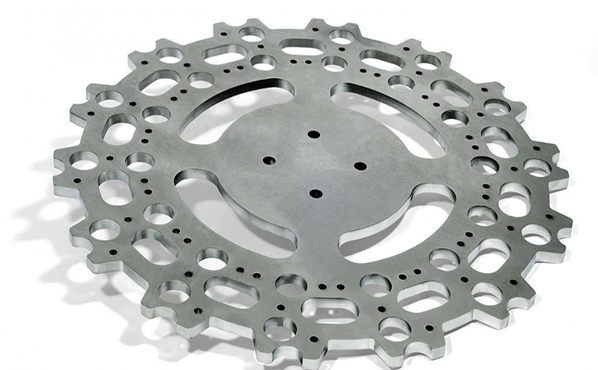Although the sheet metal processing industry is developing rapidly, it also faces various problems, which seriously hinder the development speed of the industry.

1. Brain drain: Generally speaking, from the beginning to the present, the sheet metal processing profession has always followed the method of apprenticeship and learning by doing. Apprenticeships have a long learning cycle and an incomplete system, and most apprentices will choose to change positions in the middle of their studies. In addition, because the apprentices are all newcomers, there will be differences between newcomers and old people, so newcomers will be very innovative after they learn, and the professional skills and common sense passed down in this way are far from meeting the needs of enterprise development.
2. Information occlusion: Today is the Internet era, and basically all the information obtained comes from the Internet, but the executives of many companies rarely spend time looking up relevant information from the Internet, so the era of failing to keep up with the information also affects the development ability of the company main factor.
3. Outdated equipment: shearing - punching - bending - welding process or flame plasma cutting - bending - welding skills. As far as the equipment is concerned, a large part of the domestic sheet metal processing enterprises are basically still in a small-scale production mode, generally only one punch, one bending machine, and one laser cutting machine. At present, most of the punching machines are basically still relatively low-end punching machines. The programming software of some machines is still in the era of DOS, which greatly reduces the efficiency of production, which greatly affects the competitiveness of enterprises. Outdated equipment should be upgraded to improve production efficiency.
4. Lack of skills: The sheet metal processing training organization is still in the period of simple machine operation training, and has not yet formed a very professional professional standard. The utilization rate of the equipment is not high, and the product quality cannot be guaranteed. The lack of skilled workers has become a prominent factor restricting industrial upgrading.



